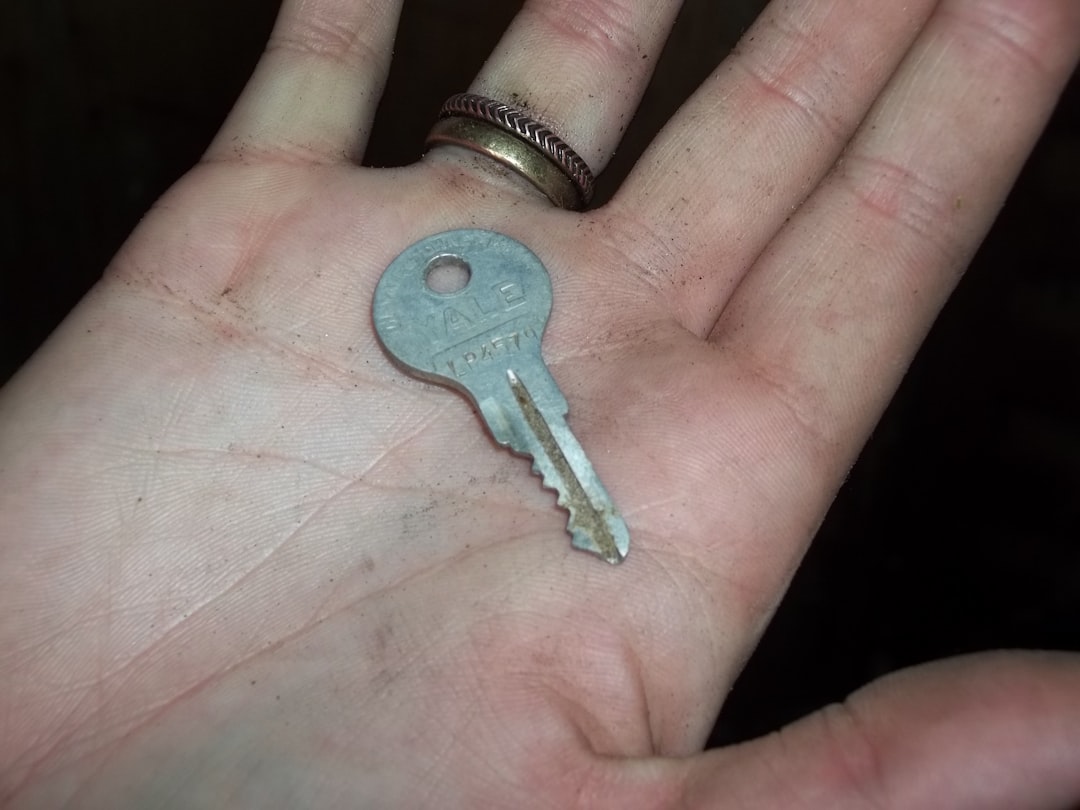What is it about?
Iron oxides are widely studied, while the iron oxide dimer and its carbonyl complexes lacked to gain enough research interest. The present study explores the dimers in various configurations - peroxides and dioxides with varying magnetic interactions, their relative stability, and the ability of the dimers and their carbonyl complexes to split water.
Featured Image
Why is it important?
It is important to know how can iron oxides split water, and what energy is required, compared to the iron sulfides, for which experimental evidence is available.
Perspectives
Our study proves that fine tuning of the catalyst for water splitting is possible by varying the type of compound - oxide or sulfude, and the type of ligand. the methods used in the present stydy allow us to evaluate a large number of clusters and molecular complexes as catalysts and photocatalysts for this reaction.
Professor Ellie Uzunova
bulgarian academy of sciences
Read the Original
This page is a summary of: Electronic structure and reactivity in water splitting of the iron oxide dimers and their hexacarbonyls: A density functional study, The Journal of Chemical Physics, January 2014, American Institute of Physics,
DOI: 10.1063/1.4858462.
You can read the full text:
Contributors
The following have contributed to this page










